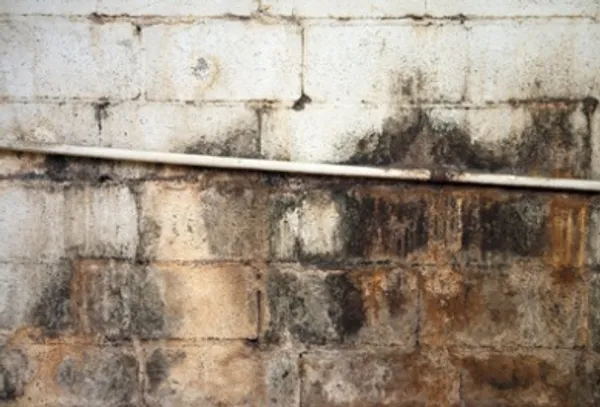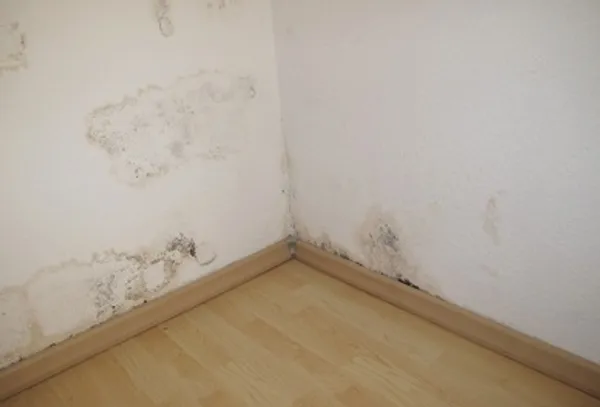
Have you noticed dark colored, smooth, slimy patches on your walls, windows, or carpets that were left damp? Don't mistake these for simple grime or soggy dust. These dim colored discolorations could be dangerous black mold, a type of fungus that thrives in wet and damp places including ceilings, walls, bathrooms, basements, and even carpets.
The biological name of black mold is Stachybotrys chartarum, which typically appears slimy and black in color. However, its appearance may vary depending on the surface it grows on.
What Is Black Mold and How Does It Appear?
Black mold is composed of cellulose, and its growth depends on food sources and moisture. We can conclude that these toxic black molds develop in places that remain damp and dirty for extended periods.

Common Locations for Black Mold Growth
Black mold can appear in various locations throughout your home, particularly in areas with excess moisture:
- Bathroom walls and ceilings - Especially around showers and tubs
- Basement walls and floors - Where water may seep in
- Around windows - Due to condensation or leaks
- Under sinks - From pipe leaks or condensation
- Behind appliances - Refrigerators, washing machines, etc.
- Inside HVAC systems - Particularly in ductwork
- Wall corners - Where moisture can collect
Black Mold Is Toxic and Can Harm You Severely
Black mold is referred to as toxic because it produces harmful substances in the form of spores known as mycotoxins. These can cause various ailments, including:
- Respiratory diseases and asthma
- Nausea and coughing
- Sneezing and pneumonia
- Throat and urinary infections
- Headaches and depression
- Dizziness and exhaustion
- Sore throat and other breathing problems
The elderly, children, and pregnant women are particularly susceptible to these toxic mold-related ailments. Even pets can become easily infected with mycotoxins, potentially leading to severe health issues or death.
Common Causes of Black Mold Growth
The major causes of wall and bathroom dampness that lead to mold growth include:
- Pipe leakage creating humid environments
- Poor ventilation in bathrooms and kitchens
- Water damage from flooding or leaks
- Condensation on cold surfaces
- High indoor humidity levels
- Contaminated HVAC systems
If you find loose pipe fittings, have them fixed promptly by a plumber to prevent black mold germination. Another common cause of mold toxin exposure and spread is through air vent activation. Regular examination and cleaning of air systems can significantly decrease mold growth.
Professional Help vs. DIY Removal
It's always better to seek help from professional mold cleaning inspectors who have the crucial expertise to verify the gravity of the difficulty and extent of the problem areas.
If you attempt to carry out the mold elimination process yourself, you may only remove the visible mold but not address its root cause. Professionals will eliminate the underlying cause along with the mold, preventing it from recurring.
Conclusion
Black mold is a problem we cannot simply ignore. Combat black mold by consulting professional contractors for further information. Mold becomes a significant health concern when we fail to give it proper attention.
Just as we keep ourselves and our homes clean, we must also keep moisture at bay to prevent black mold growth. Although we may not be able to completely avoid black molds, with diligence, we can stop them from taking over our living spaces.